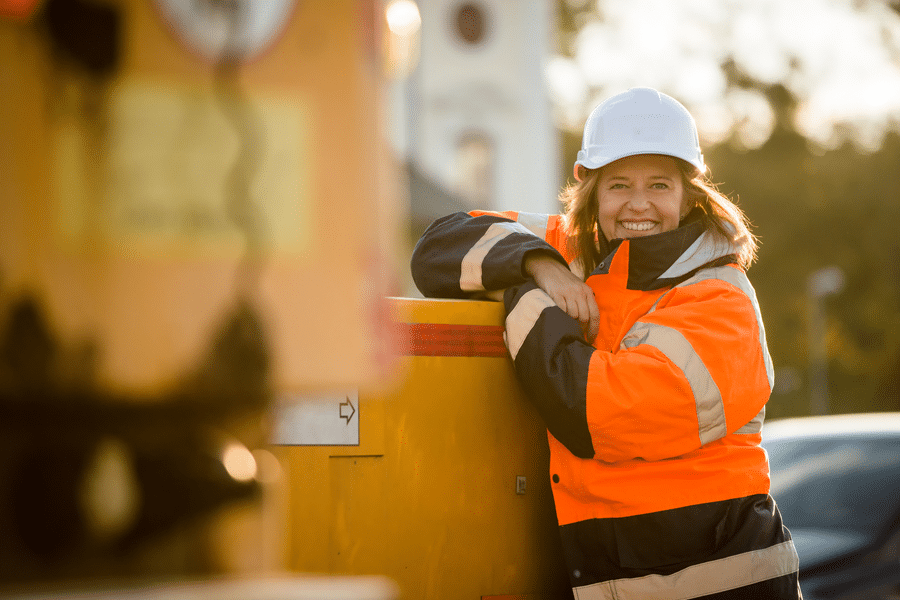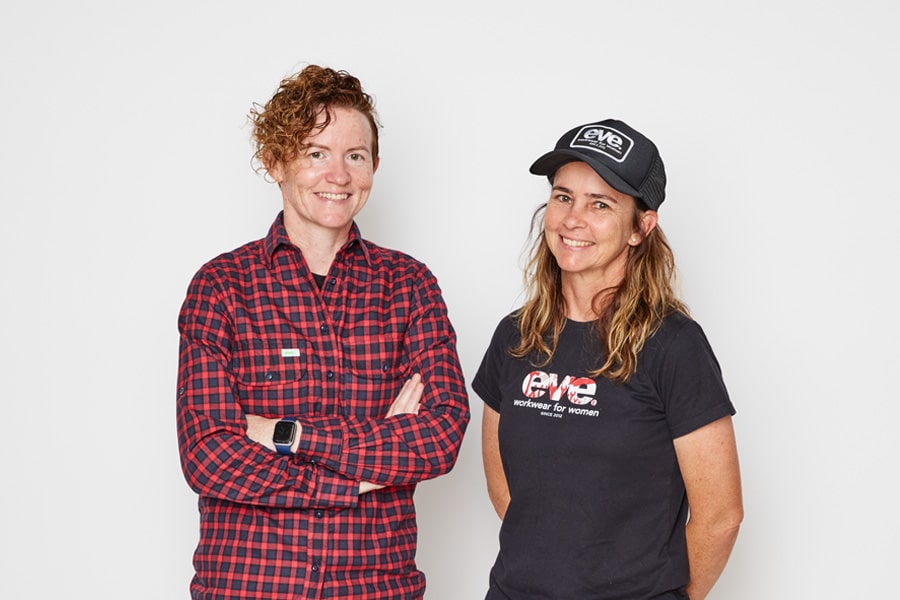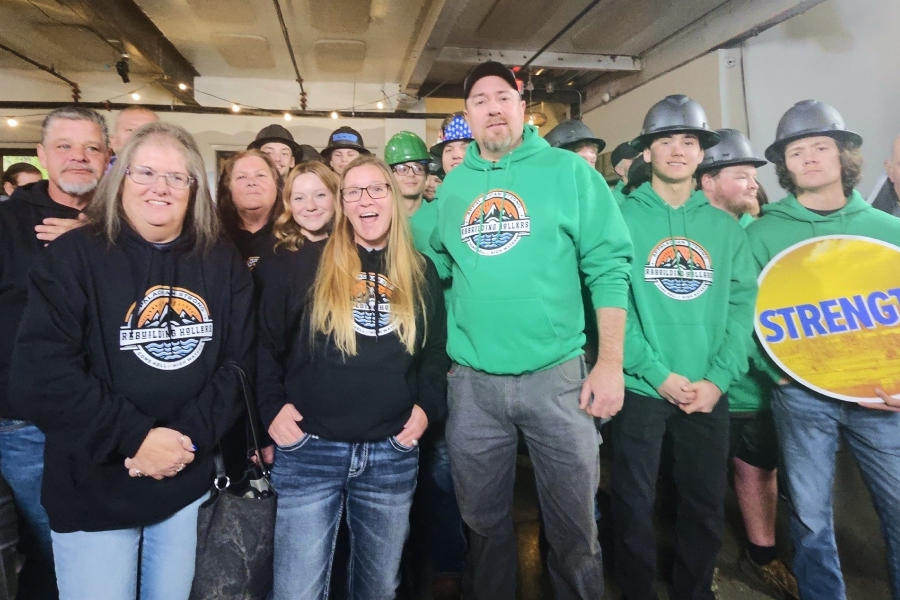The most significant issue facing one of Australia’s primary economic drivers—the construction industry—is labour scarcity.
However, a simple solution is within our own population: building and harnessing the power of a female workforce.
Construction is recognised as the most male-dominated industry in Australia, with less than 2 in every 100 jobs on the worksite occupied by women. Across all functions of the industry—including marketing, administration, project design and delivery and more—only 12% of the workforce are women.
According to Culture in Construction—an initiative of the Construction Industry Culture Taskforce—“Our failure to attract and retain female workers narrows our talent pool and reduces the industry’s capacity to deliver projects at a time where we are preparing to expand.”
The taskforce has nominated gender as the first priority in developing diversity and sense of inclusion in the construction sector that will also consider disability, ethnicity and age.
Infrastructure Market Capacity Report
The nation’s independent infrastructure adviser—Infrastructure Australia (IA)—released its Market Capacity Report in December 2022, and its findings are further galvanising key industry players into action.
Analysis by IA revealed that “onshore, severe labour shortages present the greatest risk to capacity.”
“Given the importance of major public infrastructure in Australia’s economic ambitions, it has never been more important to understand the factors influencing supply and demand of skills and materials critical to project delivery, and the risks in planning and delivery,” IA board member Mark Balnaves said.
“The ongoing effects of the COVID-19 pandemic, war in Ukraine and further escalation of local factors continue to challenge infrastructure industry capacity.
“An industry which has less than 1 in 8 positions held by women (less in private firms) cannot be said to be maximising potential labour participation.”
At the end of 2022 Infrastructure Australia’s Market Capacity Intelligence System confirmed an incoming five-year pipeline of major public infrastructure projects to be valued at $237 billion—84% of which is to be delivered across New South Wales, Victoria and Queensland.
Public infrastructure projects, including small capital projects, face a shortage of 214,000 skilled workers. Every state and territory jurisdiction is experiencing a shortage in its public infrastructure workforce; however, the three eastern seaboard states face unprecedent challenges in keeping the industry moving.
Building gender diversity in the construction sector
Importantly, the heightened public infrastructure demand means less resources—including workforce—for commercial infrastructure development.
Never before has building diversity into the sector been more important to our economy and community. And the public sector has responded with a range of strategies and initiatives across Australia:
1. Victoria
In 2021 the Victorian government launched its Building Equality Policy—an Australian first.
The initiative has set targets for 3% women in trade, 7% in non-trade labour, 35% women in management and supervision and 4% female apprenticeships on all publicly funded projects worth more than $20 million.
The state hopes to reach the targets by 2024.
Suppliers to the Victorian government will now be required to provide a Gender Equality Action Plan (GEAP) for each project when bidding for government-funded projects.
It is the first time a requirement of this kind has been enacted in Australia.
The government has invested $3.5 million to support the implementation of the policy and a further $1.5 million for the delivery of medium and long-term actions from the Women in Construction Strategy 2019-22.
2. New South Wales
In the 2022 – 2023 budget the NSW government announced a record infrastructure spend of $112.7 billion over the next four years.
To bolster gender equity in the industry, the government launched its Women in Construction Industry Innovation Program in December 2022.
Currently only 5% of the NSW construction workforce are women. The government’s goal is to increase this to 15% by 2023.
Engineers Australia CEO Romilly Madew AO said the program would help drive change.
“As our Strengthening the Engineering Workforce discussion paper highlights, Australia is experiencing a significant engineering skills shortage. As construction makes up a large sector of the engineering profession, increasing women’s participation in the field will be critical in addressing this.”
NSW’s Women in Construction Innovation Program has allocated $10 million for industry grants to support initiatives to break down barriers preventing women from working in construction such as implementing flexible working support or family-friendly benefits and policies.
Eligible organisations can apply for grants of up to $300,000 to deliver projects that meet the program objectives. Applications close 2 pm on Wednesday 15 March.
The NSW government has also set up a Women in Construction website to host practical information and stories from women currently working in the sector. The website features free resources and information on programs across NSW.
3. Queensland
Queensland’s $46 billion infrastructure sector is set to be further bolstered through its 10-year program of development towards the 2032 Olympics. The games are forecast to generate a 10-year pipeline of trade and investment prospects, construction jobs and legacy projects.
The Brisbane 2032 Olympic and Paralympic Games will provide a once-in-a-lifetime opportunity to secure long-term investment. Brisbane 2032 will deliver an estimated $8.1 billion in economic benefits and 91,600 full-time equivalent jobs per year for Queensland.
Meanwhile, even though the sector boasts a workforce of more than 240,000 people across the Sunshine State, women represent just 15% of employees.
In response, the Queensland government has committed to an 11% target of women on tools and is actively pursuing initiatives to bring this to life.
QBuild, the Queensland government builder, is already well above the state average in employing women and is making great strides toward lifting this ratio even higher, with diversity on the worksite a key focus.
A construction project at Cannon Hill, led by QBuild, highlighted the opportunities for women in construction with female involvement on site at 31%, with 22% of the frontline workforce including women in trades such as plumbing, electrical, fencing and painting.
4. South Australia
In February 2023, South Australia’s construction sector confirmed it was in the midst of one of its most challenging labour shortages in history.
In response, Master Builders South Australia and the South Australian government have partnered to deliver the Born to Build program. Focused on attracting more women to the industry, the program is boosting apprentice opportunities and pathways through to careers in the industry.
5. Western Australia
In 2022, the WA government announced a 12-month pilot to introduce gender equality clauses into public sector procurement. Suppliers with a workforce of more than 100 people are now required to provide a compliance letter to indicate whether they have met federal gender equality requirements. Suppliers with fewer than 100 employees will be required to answer questions that focus on whether certain policies or initiatives are in place to support a gender-equal workplace.
The WA government’s own estimate of its infrastructure spending is forecast to be a record $28.9 billion through 2024.












